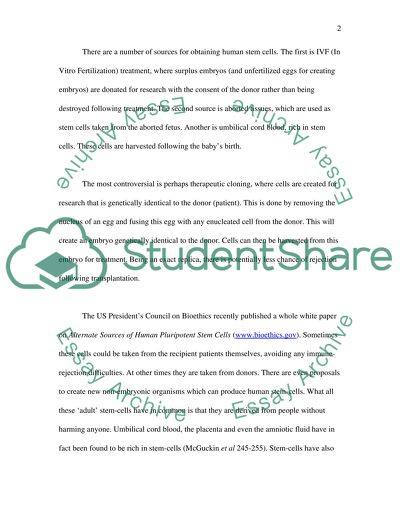Cite this document
(“Stem Cell Research for Dentistry Literature review”, n.d.)
Stem Cell Research for Dentistry Literature review. Retrieved from https://studentshare.org/health-sciences-medicine/1511680-stem-cell-research-master-essay
Stem Cell Research for Dentistry Literature review. Retrieved from https://studentshare.org/health-sciences-medicine/1511680-stem-cell-research-master-essay
(Stem Cell Research for Dentistry Literature Review)
Stem Cell Research for Dentistry Literature Review. https://studentshare.org/health-sciences-medicine/1511680-stem-cell-research-master-essay.
Stem Cell Research for Dentistry Literature Review. https://studentshare.org/health-sciences-medicine/1511680-stem-cell-research-master-essay.
“Stem Cell Research for Dentistry Literature Review”, n.d. https://studentshare.org/health-sciences-medicine/1511680-stem-cell-research-master-essay.


